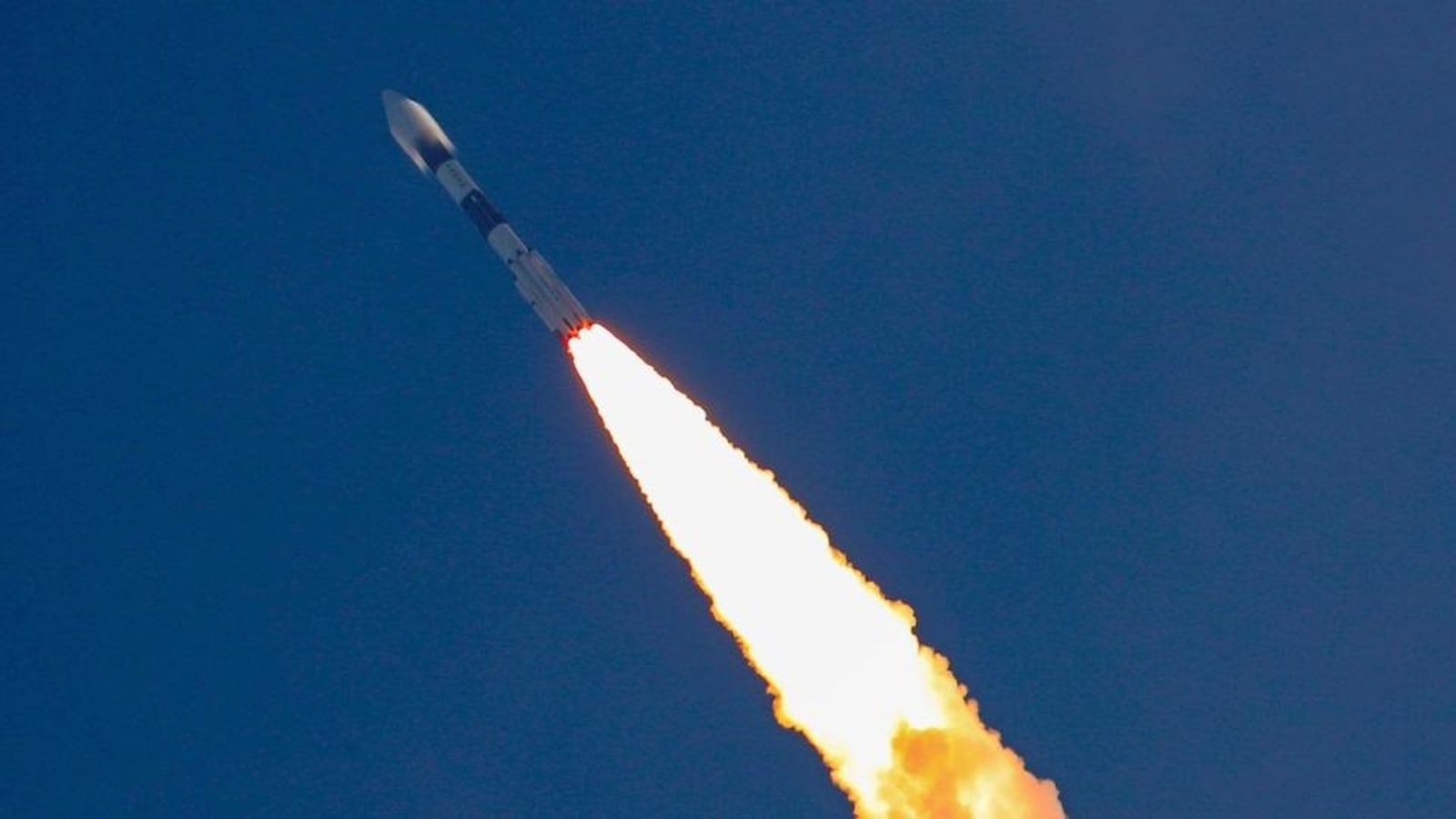TERMINAL BALLISTICS RESEARCH LABORATORY TO CONDUCT CRITICAL IMPACT TESTS ON GAGANYAAN’S CREW MODULE
THURSDAY, JUNE 03, 2021 BY INDIAN DEFENCE NEWS

TBRL to conduct critical impact tests on Gaganyaan’s crew module. Gaganyaan is a manned orbital spacecraft intended that would form the basis of the Indian Human Spaceflight Program
Terminal Ballistics Research Laboratory (TBRL) here has joined hands with ISRO’s Human Space Flight Centre (HSFC) for conducting hypervelocity impact studies on Gaganyaan’s crew module.
TBRL, a Defence Research and Development Organisation (DRDO) establishment engaged in ballistic evaluation of missiles, warheads, explosives and other projectiles, will test material specimens against micro-meteoroid and orbital debris (MMOD) found in space.
Gaganyaan is a manned orbital spacecraft intended that would form the basis of the Indian Human Spaceflight Programme being undertaken by the Indian Space Research Organisation (ISRO).
The spacecraft’s crew module is being developed by Hindustan Aeronautics Limited.
Located at ISRO’s headquarters, HSFC is responsible for implementation of the Gaganyaan project which involves end-to-end mission planning, development of engineering systems for crew survival in space, crew selection and training and associated activities for sustained human space flight missions.
A Memorandum of Understanding for conducting hypervelocity impact studies was signed between TBRL and HSFC recently, under which more than 50 tests are envisaged to be carried out to evaluate critical components of the crew module against MMOD impact, according to DRDO sources.
Hypervelocity impact studies are vital to ensure the safety of crew members during the space mission against the threat posed by the impact of space debris, which have seen an exponential increase around the Earth in the last 60 years.
These orbital debris are moving at such high velocities that even the impact of a flake of paint can cause significant damage to the crew module in the absence of appropriate shielding and protection.
A two-stage light gas gun facility at TBRL, which is the only test facility in India that can achieve a velocity of more than 5,000 metres per second, will be utilised to conduct the hypervelocity impact studies.
Some feasibility tests have already been conducted on dummy targets to establish the internal ballistics parameters and high-speed diagnostics

Terminal Ballistics Research Laboratory To Conduct Critical Impact Tests On Gaganyaan’s Crew Module
TBRL to conduct critical impact tests on Gaganyaan’s crew module. Gaganyaan is a manned orbital spacecraft intended that would form the basi...












